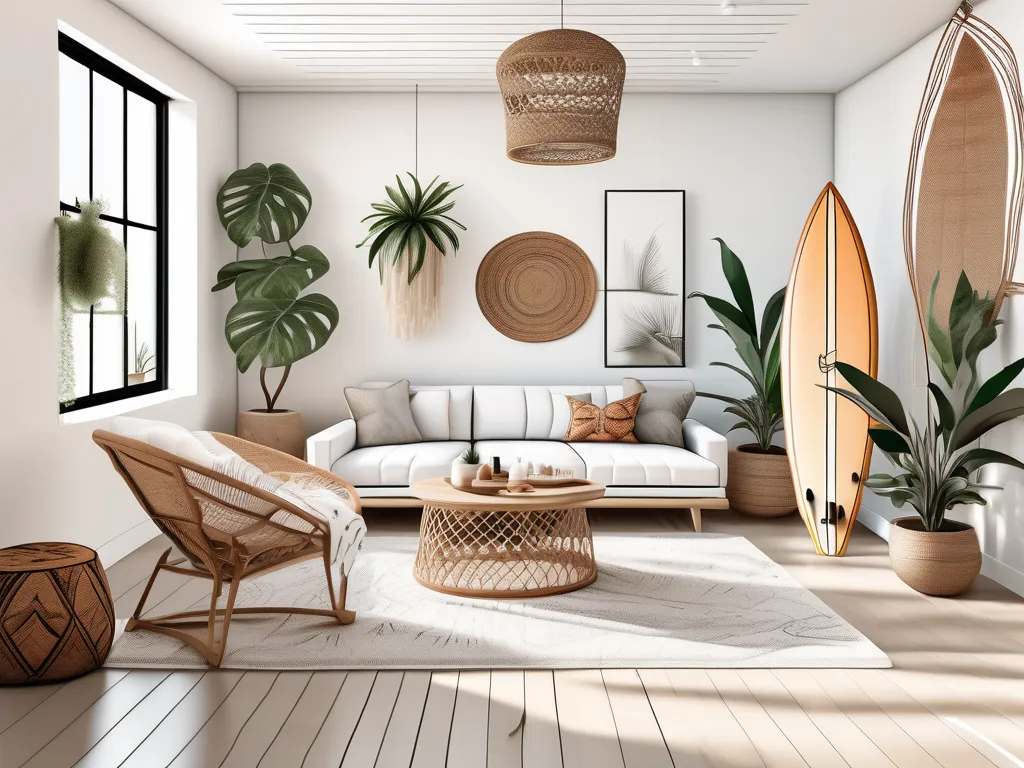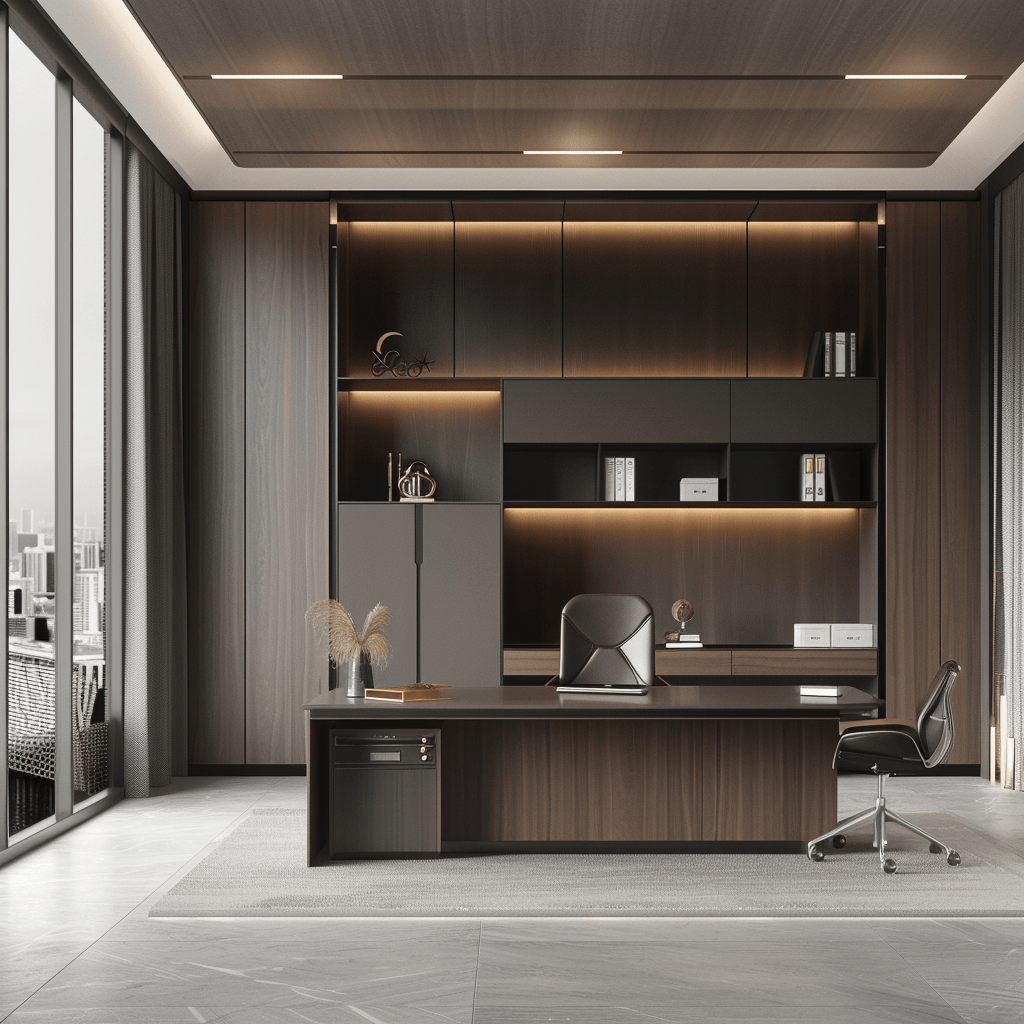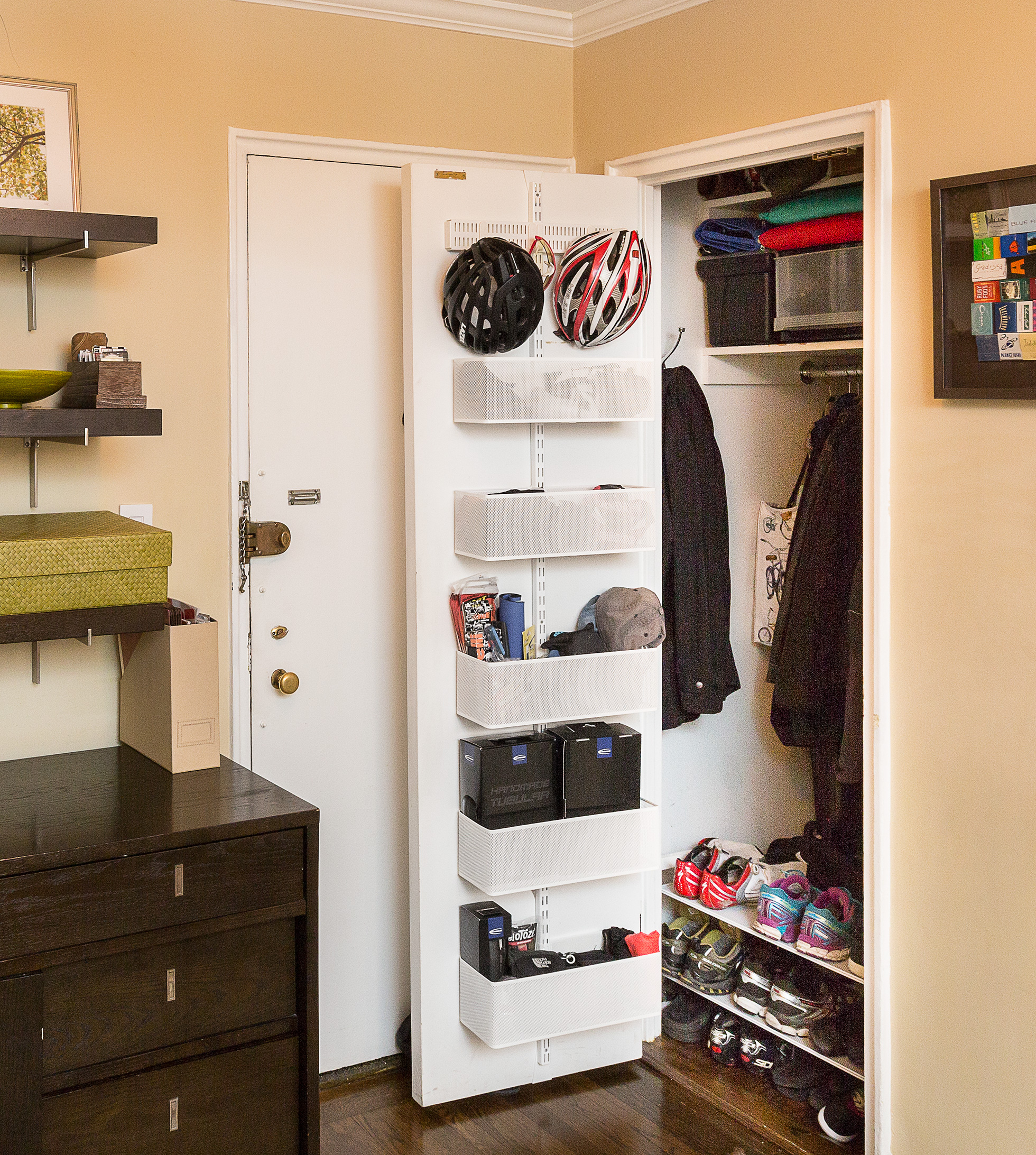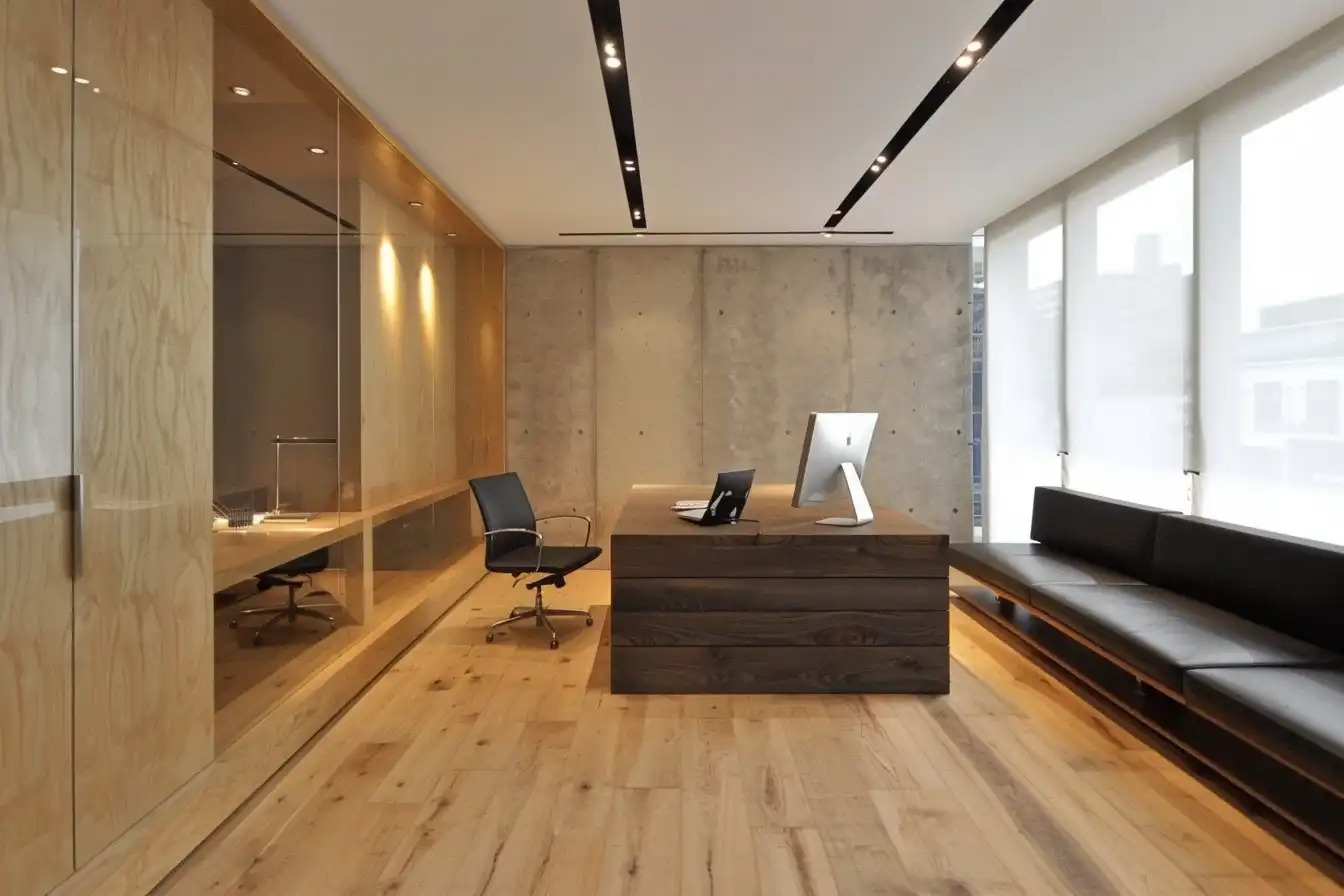The Importance of White Space: How Minimalist Interior Design Can Enhance the Feeling of Freedom and Organization

Harnessing the Power of Minimalist Design and White Space
In today’s fast-paced world, where digital distractions and physical clutter can quickly overwhelm our senses, the importance of an organized and tranquil space cannot be overstated. This is where minimalist interior design comes into play, embracing the concept of white space to create a serene and orderly environment. By effectively utilizing white space, we can enhance our living areas, transforming them into havens of peace and efficiency.
White space is not just an absence of furniture or decor; it’s a carefully curated aspect of design that invites clarity and focus. The essence of white space lies in its ability to redefine our perception of space. Let’s explore some crucial benefits of incorporating white space into your home:
- Improved Focus: Studies have shown that clutter can lead to increased stress and distractions. A clean, uncluttered environment allows the mind to concentrate better, making it easier to work, study, or engage in creative activities. For instance, a minimalist home office with only essential items visible can significantly enhance productivity.
- Enhanced Aesthetics: Minimalist design naturally leads to a visually pleasing atmosphere. It emphasizes simplicity, allowing each element to breathe and stand out. Imagine a living room with a single statement piece of art on a neutral wall. This design not only captures attention but also creates an elegant atmosphere.
- Increased Calmness: Open spaces have a remarkable ability to reduce stress levels. They create a sense of freedom and tranquility, crucial for mental well-being. Think of a sunlit room with large windows that open up to a view of nature, devoid of unnecessary items—such a space is inherently soothing.
Implementing white space is not just about removing items; it involves a thoughtful approach to design. Consider your furniture placement carefully—opt for multi-functional pieces that are both practical and aesthetically pleasing. For example, a sleek, white sofa can serve as a centerpiece without dominating the room, allowing natural light and surrounding elements to shine.
Color palettes are equally critical in the pursuit of minimalism. Soft, neutral tones promote a calming effect, making even small spaces feel larger. By choosing whites, creams, and soft pastels, you can establish a cohesive flow throughout your home, enhancing that sense of spaciousness.
As you explore the realm of minimalist interior design, remember that every choice, from the layout to the type of decorations, will contribute to the overall ambiance of your space. By embracing white space, you can cultivate a refreshing interior that not only fosters organization but also enriches your daily life, making it feel more manageable and peaceful.

In conclusion, adopting a minimalist approach can transform your home into a sanctuary that promotes well-being and clarity. By harnessing the benefits of white space, you’re not just organizing your environment; you’re creating a lifestyle that encourages mindfulness and ease. Give it a try, and discover the profound impact this design philosophy can have on your day-to-day existence.
DISCOVER MORE: Click here to enhance your productivity
The Role of White Space in Minimalist Interior Design
White space, often referred to as negative space, is a fundamental concept in architecture and design that transcends mere aesthetics. It is the strategic use of empty areas that allows the surrounding elements to play their intended roles without being overshadowed or cluttered. In minimalist interior design, the effective implementation of white space is crucial for enhancing the overall atmosphere of a room, contributing to a renewed sense of freedom and organization.
One of the primary benefits of integrating white space into your home is the promotion of mental clarity. When spaces are not crammed with unnecessary furniture or decor, individuals can experience a more focused and calm environment. Research indicates that cluttered environments can activate stress responses in the brain, which not only hampers productivity but can also impact overall emotional well-being. A sparse living area encourages an uncluttered mind, allowing for deeper contemplation and creativity.
Moreover, white space serves as a powerful tool for highlighting key aspects of a room. In minimalist design, each piece of furniture, art, or decor is purposefully selected for its place. Consider a dining room where a single, exquisitely crafted dining table becomes the centerpiece, surrounded by minimalistic chairs. This design choice not only draws attention to the craftsmanship of the table but also cultivates an inviting atmosphere that fosters connection during gatherings.
To grasp the importance of white space comprehensively, let’s examine several key factors that illustrate its benefits:
- Easier Navigation: Rooms designed with ample white space often allow for easier movement. It eliminates the obstacle of overcrowding, creating pathways that facilitate flow and interaction—essential for social spaces like living rooms and kitchens.
- Emphasis on Function: Utilizing minimal decor enables the functionality of a room to shine through. This is particularly beneficial in small spaces, where every square foot counts. A well-placed bookshelf or desk can become a focal point in a minimalist layout without overwhelming the senses.
- Inviting Natural Light: Open spaces contribute not only to the aesthetic appeal of a room but also to its brightness. Well-placed windows, combined with minimalistic designs, allow natural light to fill the area, creating a sense of openness and warmth.
In a practical sense, embracing white space can lead you on a journey of intentionality where every item serves a purpose. This philosophy encourages homeowners to assess their possessions, asking themselves if each piece truly enriches their environment and supports their lifestyle. By openly addressing these questions, you may find that you are poised to make decisions that enhance the quality of your living spaces.
As we delve deeper into the art of minimalist interior design, it becomes evident that the journey of integrating white space is not merely about removing items. It’s about creating a harmonious presence that enriches your surroundings while promoting a lifestyle rooted in simplicity and mindfulness.
The Role of White Space in Minimalist Interior Design
The concept of white space is not merely about the absence of color or design elements; it serves as an essential component in creating an atmosphere of tranquility and order. In minimalist interior design, white space enhances the overall aesthetic by allowing the eye to rest and creating a sense of spaciousness. This invites a feeling of freedom and promotes mental clarity, essential in our often chaotic environments.
Enhancing Aesthetic Appeal
When employed effectively, white space can highlight significant elements within a room, such as furniture, artwork, or architectural features. For instance, a well-placed piece of furniture against a backdrop of white walls can draw attention and convey sophistication. This approach fosters an engaging dialogue between objects in a space, where each item can be appreciated for its design and function without competing visual noise.
Improving Organization and Functionality
Minimalist design prioritizes functionality without compromising on style. The strategic use of white space allows for effective organization. Items in a minimalist setting are often stored neatly, with fewer pieces visible at a time, leading to a clean and curated appearance. This sense of organization not only improves the usability of spaces but also enhances one’s productivity—ideal for home offices or creative studios. Furthermore, the reduction of clutter can significantly impact mental well-being. With less visual distraction, homeowners often find that they can concentrate better, experience reduced anxiety, and feel rejuvenated in their living areas. Studies have shown that environments with ample white space contribute to better focus and mood improvement, promoting a serene lifestyle.
Inviting Natural Light
Another critical aspect of white space in interior design is how it interacts with light. White surfaces reflect natural light, making areas feel brighter and more welcoming. Sunlight streaming into a minimalist room can create an illusion of space and warmth. Consequently, this not only improves the ambiance but also reduces the need for artificial lighting, aligning with energy-efficient living practices.Embracing the principles of white space can transform one’s home into a sanctuary of peace and efficiency. By exploring the impact of minimalist interior design on our surroundings, individuals can foster an environment that enhances well-being and productivity.
DIVE DEEPER: Click here to enhance your productivity
Maximizing the Benefits of White Space Through Interior Elements
Incorporating white space in minimalist interior design is not just about avoiding clutter; it is a deliberate choice that influences the overall functionality and emotional resonance of a space. Beyond the fundamental benefits previously discussed, the specific elements of design can further enhance the power of white space, creating an environment that promotes tranquility and organization.
Color Schemes play a pivotal role in the application of white space. Soft, neutral tones often amplify the feeling of openness and brightness, allowing natural light to reflect and bounce around the room. Shades such as beige, light grey, and crisp white can make a small space feel larger, while also providing a calming backdrop that does not overwhelm the senses. For instance, an all-white kitchen with well-placed wooden accents not only looks sleek but also helps light travel through the room, enhancing the overall aesthetic and making it feel more spacious.
Furniture choice is another significant factor. Embracing lightweight, functional pieces can make a considerable difference in how white space is perceived. Instead of bulky sofas or ornate chairs that consume visual and physical space, opt for minimalist designs that blend comfort with simplicity. Furniture that has visible legs, for example, allows the eyes to travel through the room, creating an uninterrupted flow that contributes to a sense of freedom and airiness. Additionally, multi-functional furniture, such as ottomans that double as storage, can be utilized to keep living areas organized without sacrificing style.
Next, it is essential to focus on the arrangement of elements. The strategic placement of decor can amplify the impact of white space tremendously. For instance, instead of covering walls with an array of small artworks, consider a single large piece that commands attention. This approach not only gives the eye a resting place but also creates a focal point that draws the viewer into the room, stimulating curiosity while maintaining a minimalist ethos. Moreover, allowing breathing room around decorative items, such as a sculpture or a plant, ensures that these elements stand out and are appreciated fully.
Beyond aesthetics, white space can also propel functional organization within living environments. Open shelving units, for example, can be installed in kitchens or living areas to display only the most loved or frequently used items. This practice not only reduces visual clutter but also encourages a conscious selection of what resides in one’s space, reinforcing a lifestyle that is both purposeful and freeing. Moreover, incorporating only essential items and placing them with care promotes a sense of peace, emphasizing organization in both physical and mental realms.
Finally, the impact of lighting in minimalist design cannot be overstated. Utilizing strategically placed light sources, such as pendant lights or minimalist floor lamps, can create layers of illumination that draw attention to the open spaces in a room while also enhancing the ambiance. Natural light should be maximized as well; large windows or glass doors that invite the outdoors in can significantly transform the feeling of a room, making it feel expansive and connected to the outside world.
By understanding and fully leveraging the diverse aspects of white space in minimalist interior design, homeowners can unlock its potential to foster feelings of freedom and organization. A thoughtfully designed space encourages greater mindfulness and enjoyment of one’s environment, and ultimately, enhances the quality of life. These elements work in concert to create a sanctuary where simplicity reigns—and where less truly becomes more.
DIVE DEEPER: Click here to discover more
Conclusion
In today’s fast-paced world, the significance of white space in minimalist interior design cannot be overstated. By creating environments that embrace simplicity and purpose, homeowners can cultivate a sense of freedom and organization in their living spaces. The deliberate use of neutral color schemes, lightweight furniture, and strategic decor arrangements works harmoniously to enhance the spaciousness and tranquility of a room.
Moreover, the thoughtful incorporation of functional organization through innovative storage solutions, such as open shelving units, promotes a mindful lifestyle that counters the overwhelming pressure of modern living. By reducing clutter and showcasing only essential items, individuals can foster a calm atmosphere that nurtures mental well-being and focuses on personal connections.
As we have explored, the nuances of lighting play an equally vital role, illuminating white space and contributing to the overall ambiance of a space. Maximizing natural light through large windows not only blurs the boundaries between indoors and outdoors but also enriches our emotional experience of the environment.
In conclusion, embracing the principles of minimalist interior design can lead to spaces that are not only aesthetically pleasing but also functional and liberating. As you consider your own living spaces, remember that the journey towards a well-organized, free-flowing environment starts with the conscious choice to utilize white space effectively. Discover the transformative potential of less, and allow your home to inspire creativity, peace, and a newfound appreciation for simplicity.


